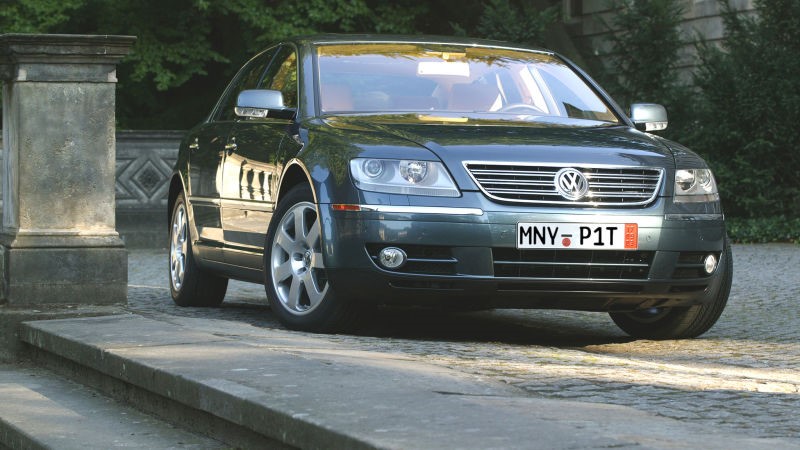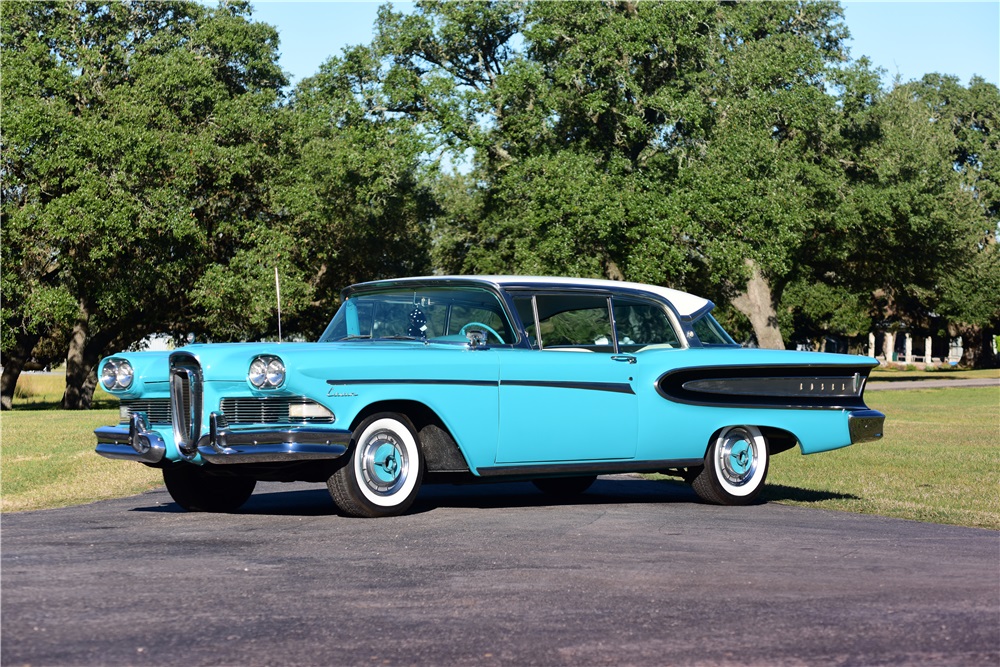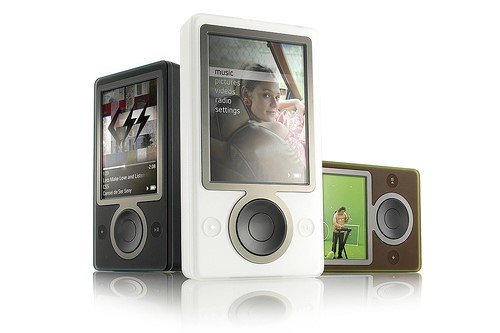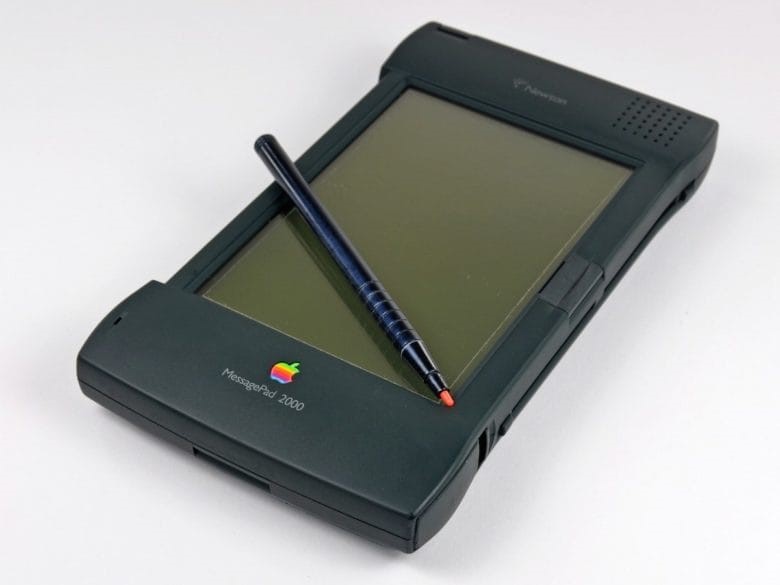Great Products that Failed Because of Poor Marketing
Recently, there was a question on this site about awful products that succeeded (sales-wise) because of great marketing. It made me think of the opposite scenario--really great products that failed because of poor marketing. Here are a few.
Volkswagen Phaeton

In 2002, Volkswagen launched a brand new car model called the Phaeton. ThePhaetonwas described by Volkswagen as a premium class, full-size luxury vehicle and marketed worldwide.
Sales in North America ended in 2006. Sales globally ended in 2016. The Phaeton was aimed at the luxury category with customers who were inclined to buy from BMW, Mercedes-Benz, Audi & Lexus.
Volkswagen Phaeton sales results so bad that the car has to be pulled from the market?
Why did it fail?
Simply, bad marketing, lack of understanding of product positioning and demographic miscalculation. Historically, Volkswagen has always been known for making affordable cars for the masses. The word Volkswagen means "People's car" in German.
So, trying to build and sell a luxury brand created a cognitive dissonance with the target demographic who could not understand why they have to spend $70K for a VW badged car. Other car companies have successfully created luxury products by changing the name of the original brand. Example- Toyota created Lexus, Honda created Acura, BMW created Mini, and Nissan created Infiniti.
Note, in each case, the parent brand stilled retained ownership and operations of the new brand/products.Volkswagen should have created and marketed the Phaeton as a separate and distinct brand Volkswagen.
Ford Edsel

![Image result for edsel]()
Barrett-Jackson
In 1957, Ford invested $400 million in creating and marketing the Edsel. The car/brand failed and was pulled off the market in 1960, mere 3 years after it was launched. To this day, in marketing circles, the word "Edsel" has become synonymous with "marketing failure."
Why it failed:
Consumers wanted smaller, more economic and fuel efficient cars. In some case studies, marketers blamed the model’s failure on Ford execs for failing to define the Edsel's niche, pricing and demographic.
Microsoft Zune

Zune Media Player on Flickr
Apple launched the iPod line of portable music players in 2001. It took Microsoft a full 5 years (2006) to launch a competitive product to the iPod. Even though Zune was launched with much fanfare and serious budget, it never got more than single digit market penetration. Zune team spent huge sums of money and a lot of time chasing after Apple’s iPod until 2015 when it gave up on Zune and the associated music streaming service.
Why it failed?
While Apple had been running iPod & iTunes commercials for years, Microsoft Zune was wishy-washy on committing to aggressive advertising to compete with Apple. By the time Microsoft figured it out, Apple had already moved on the mobile phones that were fully integrated with iTunes and can offer music player.
Barnes & Noble Nook

Nook via Barnes & Noble
Barnes & Noble launched the Nook eReader to compete with Apple’s iPad and Amazon’s Kindle. Barnes & Noble is after all a bookseller and could not just stand by and watch its core business be cannibalized by Amazon and Apple. So what to do? B&N launched Nook.
Why it failed?
Barnes & Noble has always been known as a bookseller. Customers, mostly them, likely already Kindle or iPad users could not get past B&N as book sellers. Additionally, B&N failed to adequately make their case in the way of advertising to convince customers to buy into the Nook vision as an eReader with B&N inventory on the backend to create a seamless experience.
Nintendo's Virtual Boy

![1995 — Nintendo's Virtual Boy]()
Evan Amos/Wikimedia
Virtual reality gaming is hot again, though this time with better designed products and software to support the hardware. Back in 1995, Nintendo launched the Virtual Boy which was aimed to transport the gamer into digital environments beyond the gaming console.
Why it failed?
Over promised and under delivery – limited game availability, low-resolution graphics and overall poor experience led to the failure of Virtual Boy.
Apple Newton
![Newton MessagePad 2000]()

Cult of Mac
Why it failed?
Apple Newton was a very expensive product. It costed $700.00 in 1993 ($1200 in 2018 dollars). It was aimed at a less-than-ready demographic. A lot of consumers were still using day-timer for calendaring and address book for contact management.
Newton was too bulky unlike the streamlined, smooth-designed iPads, iPhones and iPods we use today. Also, the underlying operating system including the AI & OCR were awful.
Volkswagen Phaeton

In 2002, Volkswagen launched a brand new car model called the Phaeton. ThePhaetonwas described by Volkswagen as a premium class, full-size luxury vehicle and marketed worldwide.
Sales in North America ended in 2006. Sales globally ended in 2016. The Phaeton was aimed at the luxury category with customers who were inclined to buy from BMW, Mercedes-Benz, Audi & Lexus.
Volkswagen Phaeton sales results so bad that the car has to be pulled from the market?
Why did it fail?
Simply, bad marketing, lack of understanding of product positioning and demographic miscalculation. Historically, Volkswagen has always been known for making affordable cars for the masses. The word Volkswagen means "People's car" in German.
So, trying to build and sell a luxury brand created a cognitive dissonance with the target demographic who could not understand why they have to spend $70K for a VW badged car. Other car companies have successfully created luxury products by changing the name of the original brand. Example- Toyota created Lexus, Honda created Acura, BMW created Mini, and Nissan created Infiniti.
Note, in each case, the parent brand stilled retained ownership and operations of the new brand/products.Volkswagen should have created and marketed the Phaeton as a separate and distinct brand Volkswagen.
Ford Edsel

Barrett-Jackson
In 1957, Ford invested $400 million in creating and marketing the Edsel. The car/brand failed and was pulled off the market in 1960, mere 3 years after it was launched. To this day, in marketing circles, the word "Edsel" has become synonymous with "marketing failure."
Why it failed:
Consumers wanted smaller, more economic and fuel efficient cars. In some case studies, marketers blamed the model’s failure on Ford execs for failing to define the Edsel's niche, pricing and demographic.
Microsoft Zune

Zune Media Player on Flickr
Apple launched the iPod line of portable music players in 2001. It took Microsoft a full 5 years (2006) to launch a competitive product to the iPod. Even though Zune was launched with much fanfare and serious budget, it never got more than single digit market penetration. Zune team spent huge sums of money and a lot of time chasing after Apple’s iPod until 2015 when it gave up on Zune and the associated music streaming service.
Why it failed?
While Apple had been running iPod & iTunes commercials for years, Microsoft Zune was wishy-washy on committing to aggressive advertising to compete with Apple. By the time Microsoft figured it out, Apple had already moved on the mobile phones that were fully integrated with iTunes and can offer music player.
Barnes & Noble Nook

Nook via Barnes & Noble
Barnes & Noble launched the Nook eReader to compete with Apple’s iPad and Amazon’s Kindle. Barnes & Noble is after all a bookseller and could not just stand by and watch its core business be cannibalized by Amazon and Apple. So what to do? B&N launched Nook.
Why it failed?
Barnes & Noble has always been known as a bookseller. Customers, mostly them, likely already Kindle or iPad users could not get past B&N as book sellers. Additionally, B&N failed to adequately make their case in the way of advertising to convince customers to buy into the Nook vision as an eReader with B&N inventory on the backend to create a seamless experience.
Nintendo's Virtual Boy

Evan Amos/Wikimedia
Virtual reality gaming is hot again, though this time with better designed products and software to support the hardware. Back in 1995, Nintendo launched the Virtual Boy which was aimed to transport the gamer into digital environments beyond the gaming console.
Why it failed?
Over promised and under delivery – limited game availability, low-resolution graphics and overall poor experience led to the failure of Virtual Boy.
Apple Newton

Cult of Mac
Why it failed?
Apple Newton was a very expensive product. It costed $700.00 in 1993 ($1200 in 2018 dollars). It was aimed at a less-than-ready demographic. A lot of consumers were still using day-timer for calendaring and address book for contact management.
Newton was too bulky unlike the streamlined, smooth-designed iPads, iPhones and iPods we use today. Also, the underlying operating system including the AI & OCR were awful.



